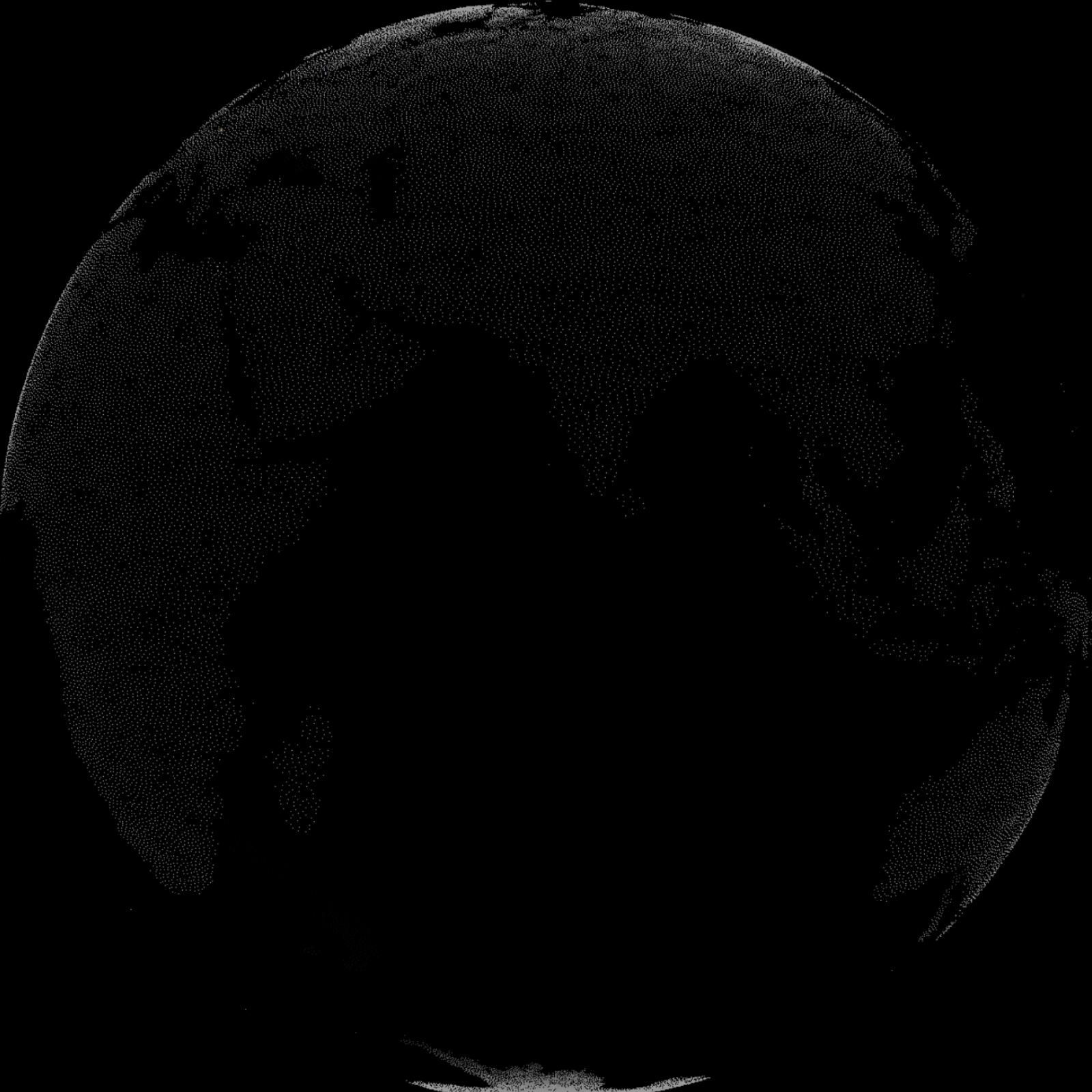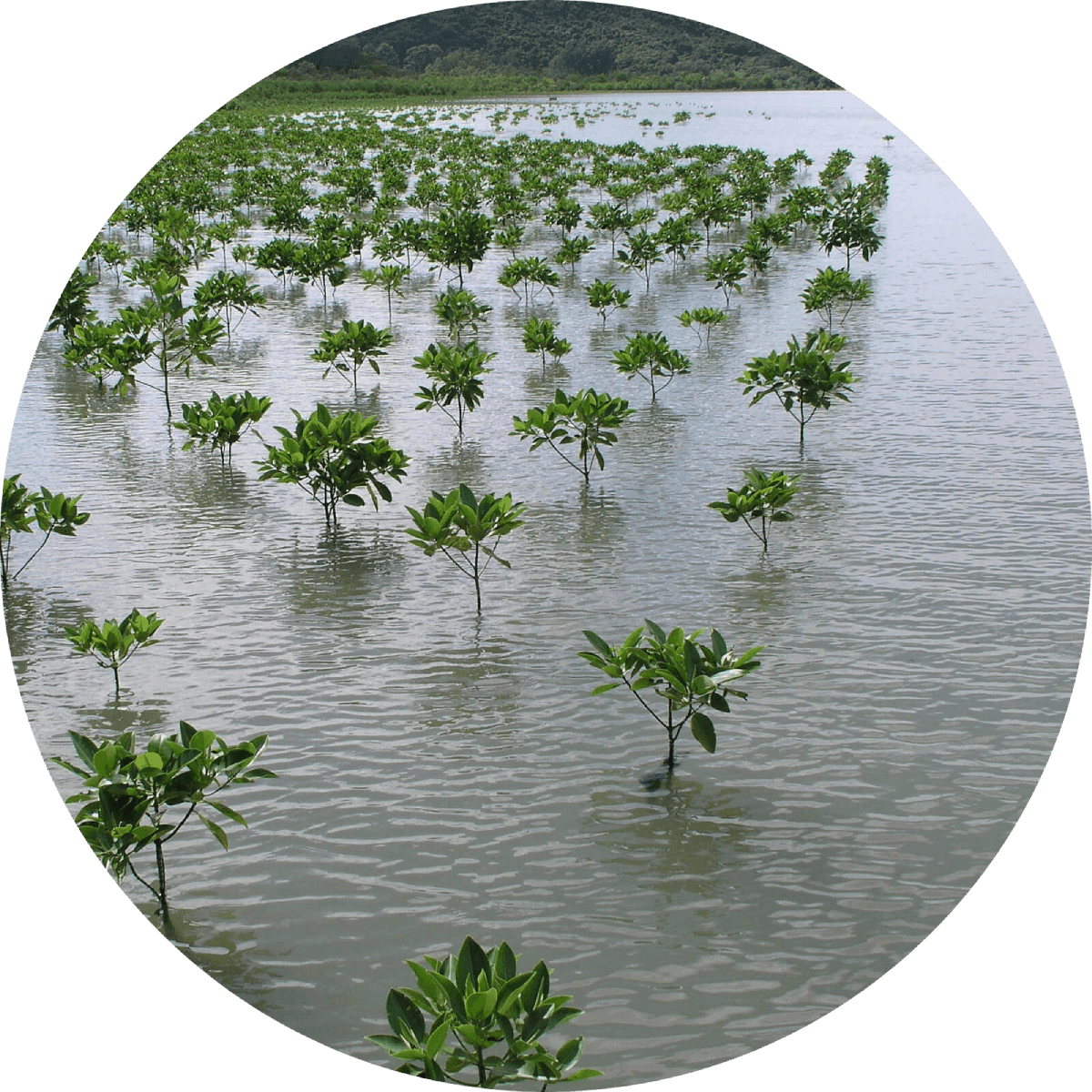Marianas Trench designated a MPA and is 2,550 km long, has a mean width of 69 km and reaches a maximum-known depth of about 10.91 km.
“The small Pacific Island nation of Kiribati has become a global conservation leader by establishing the world's largest marine protected area – a California-sized ocean wilderness of pristine coral reefs and rich fish populations threatened by over-fishing and climate change. The Phoenix Islands Protected Area (PIPA) conserves one of the Earth's last intact oceanic coral archipelago ecosystems, consisting of eight coral atolls and two submerged reef systems in a nearly uninhabited region of abundant marine and bird life. The 410,500-square-kilometer (158,453-square-mile) protected area also includes underwater mountains and other deep-sea habitat.”
"At nearly 140,000 square miles in size, the monument was the largest marine protected area in the world at the time of its founding. These islands are home to millions of seabirds, an incredible diversity of coral reef species — including deep-sea corals, and the highly endangered Hawaiian monk seal."
Seaflower, Colombia designated MPA and is 65,000 km².
Heard Island and McDonald Islands designated MPA and are 368 km².
Macquarie Island designated MPA and is 128 km².
“In 1998 coral reefs around the world experienced the most extensive and severe bleaching in recorded history. Coral bleaching was reported in 60 countries and island nations at sites in the Pacific Ocean, Indian Ocean, Red Sea, Persian Gulf, Mediterranean and Caribbean... Unlike most previous bleaching events in which severe impacts were limited to less than 15 m water depth the 1998 bleaching affected corals at up to 50 m water depth... The 1998 mass bleaching was coincident with anomalously high sea surface temperatures. That year was the warmest of this century, and tropical sea surface temperatures were the highest in the modern record.”
Long Island-Kokomohua “no-take” Reserve established and is 6.190 km²
Galapagos Marine Reserve designated MPA and at 133,000 km² is the fourth largest MPA in the world.
UN Convention on the Law of the Sea sets a framework for ocean protection, and restoration.
The Eastern African Action Plan, also referred to as the Nairobi Convention, was designed to promote environmentally sound sustainable development and management of marine and coastal systems in the region.
Great Barrier Reef Marine Park designated Marine Protected Area and at 345,400 km² is the third largest MPA in the world.
"A major achievement of international environmental diplomacy on the governmental level was the Mediterranean Action Plan (MAP), negotiated in 1975 by all the then-extisting states of the Mediterranean littoral except Albania (which later acceded to the contract), and formalized by the 1976 Barcelona Convention for the Protection of the Mediterranean Sea Against Pollution...The objectives of the agreement include facilitating cooperation among the Mediterranean states in order to combat massive oil pollution, assisting information exchange and technological cooperation among nations, and helping states develop their own national programs."
In response to environmental threats such as marine pollution and overfishing, which don't adhere to national boundaries, "the "Programme for the Environment of the Red Sea and Gulf of Aden (PERSGA)" was initiated in 1974 in collaboration with the Arab League Educational, Cultural and Scientific Organization (ALECSO) and the support of United Nations Environment Programme (UNEP) as one of its Regional Seas Programmes."


Learn about Maya Lin’s fifth and final memorial: a multi-platform science based artwork that presents an ecological history of our world - past, present, and future.

Discover ecological histories and stories of former abundance, loss, and recovery on the map of memory.

Learn how we can reduce our emissions and protect and restore species and habitats – around the world.

See how art can help us rethink the problems we face, and give us hope that each one of us can make a difference.

Help make a global memorial something personal and close to home. Share your stories of the natural world.